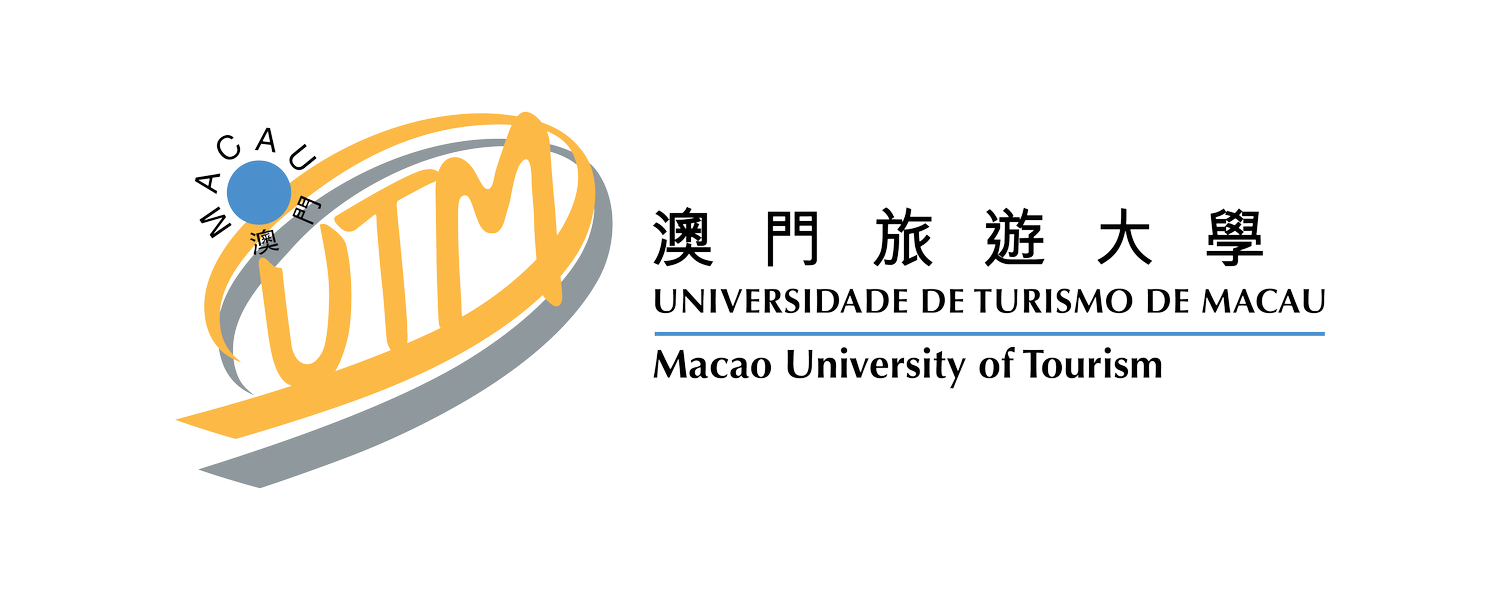IFT Tourism Research Centre (ITRC) is releasing today the latest results of the Macao Visitor Profile Survey (VPS), covering the second and third quarters of 2012. Existing subscribers will be emailed copies of the reports directly. ITRC has been collecting quarterly data on visitor profile and characteristics since 2008 and analyzing trends thereof. ITRC’s database now span results covering more than three years. Highlights and analysis of trends from the latest quarters are as follows.
Proportion of visitors coming primarily for gambling declining
Figure 1 - Proportion % of visitors saying their primary purpose for visiting is gambling
Despite the opening of several new casino complexes in the Q2 2012, the proportion of gambling as the primary purpose of visit declined to 7.1% in Q2 and 7.2% in Q3, compared to the yearly average of 12.7% in 2010 and 8.2% in 2011. In particular, only 3.0% and 4.6% of first time visitors in Q2 and Q3 2012 respectively claimed to visit Macao for gambling. In contrast, the figures were 7.8% and 10.4% in Q2 and Q3 in 2010. Visitors arriving primarily for pleasure or vacation purposes now comprise 76.7% in Q2 and 74.7% in Q3 of visitors surveyed, and increase of 4.2% and 1.8% year-on-year. Figure 1 on the left shows the relative decline over time of gambling as a reported primary reason for visiting.
These latest figures most likely reflect a growing mix of visitors coming for leisure and recreational opportunities in Macao. It is quite possible that tourist diversification—seen in terms of the primary purpose or activity sought—is beginning to take hold. This is backed up by data showing non-gambling activities, particularly shopping and dining are the most popular activities among tourists, especially those from Mainland China and Hong Kong. Data from the VPS series also suggest an upward trend among visitors in visiting World Heritage attractions (60.2% and 54.6%). However, the trend for attending festivals, non-business events, shows or concerts (8.0% and 4.7%) and MICE business (3.9% and 4.0%) seems to fluctuate overtime.
Diversifying in attractions but becoming more focused rather than international in source markets
Figure 2 - Profile of visitors to Macao staying with varying lengths of stay (all figures in %)
Continued analysis of visitors segmented according to their length of sty reveals that, for Q2 and Q3 2012, previously observed patterns persist. The general trend has been increasingly toward shorter stay. Looking at Figure 2 on the left, higher proportion of same day (or short-staying) visitors are associated with cross-border shopping activities. This segment (same day length and shopping) comprises 17.5% of all visitors for Q2 and Q3 2012. The segment with the most significant proportion of long-staying (i.e. longer than two days) visitors tends to be comprised of those visiting friends and relatives, comprising 5.7% of all visitors.
From the latest data, therefore, it appears that enticing more first time visitors to Macao does not necessarily induce longer-staying stays. Neither does promoting non-FIT (e.g. package tour) forms of travel arrangement. However, there is some promising data from Taiwanese visitors. This segment has a higher likelihood than others to stay in Macao more than two days (as 4.8% of them did), as do visitors from other Asian countries (4.0%).
Overall, what the aforementioned metrics (gambling as a primary draw for visitors and the length of stay) indicate for Macao’s tourism performance in the second and third quarters of 2012 is the general policy of diversifying Macao’s attractions seems to be having an effect. Indeed, it appears that the territory is becoming more of a shopping destination. At the same time, however, Macao seems to be developing more as a shortstop domestic tourism destination for the greater China area, with which it is greatly integrated. Hopes for lengthening visitors’ stay, and marking Macao an international destination, rests ultimately on attracting visitors from long-haul markets.
About the VPS
Every quarter since 2008 when it conducted pilot studies on the visitor profile of Macao’s visitors, ITRC has been collecting relevant information with which it conducts analysis leading to usefully identifying segments and niche profiles of visitors. We use these analysis to inform policy-making and the long term effectiveness of destination planning and marketing, for both public and private sector stakeholders.
Methodology
Data for the Macao Visitor Profile comes from field surveys of visitors. Each survey date targeted a sample size of 114 visitors who completed at least half of their planned visit period or activity. Interview locations included major sites and terminals including the Border Gate, Ruins of St. Paul’s, Rua do Cunha at Taipa, Senado Square, Hong Kong-Macao Ferry Terminal and Macao International Airport. Each quarter sees around a final sample comprised of 1,027 visitors. The questionnaires used for collecting data for the VPS seeks information from visitors primarily on (1) their purpose and reasons for visiting Macao, (2) their trip and travel characteristics, (3) travel and transportation arrangements, (4) accommodation arrangements, (5) major information source, (6) spending behavior, (7) visitor attractions visited, (8) gaming behavior, and (9) evaluation f their overall travel experience in Macao. But other questions of a relevant or ad hoc nature are also added occasionally.
For more information
Please contact Ms. Virginia Hong or Ms. Wendy Tang of ITRC at itrc@ift.edu.mo


